In the realm of culinary traditions, drying fish, or making fish jerky, is a time-honored technique employed across various cultures to preserve the catch and enhance its flavor. This ancient practice, which involves exposing fish to air and sun to remove moisture, not only extends its shelf life but also amplifies its taste profile, making it a staple in many diets. However, one persistent challenge that plagues fish dryers, especially in warmer climates, is the unwanted presence of flies. These insects can contaminate the drying fish, spoiling the product and posing a health risk. This article delves into the intricacies of how to dry fish effectively without attracting flies, ensuring a clean, safe, and delicious final product.

Understanding the Attraction
Before diving into prevention strategies, it’s crucial to understand why flies are drawn to drying fish. The primary attraction lies in the scent and the moisture content of the fish. As fish dry, they release a potent aroma that flies find irresistible. Additionally, the semi-dried state of the fish provides an ideal environment for microbial growth, which further attracts flies. The combination of these factors creates a perfect storm for fly infestation.
Preparation is Key
The first line of defense against flies begins with thorough preparation of the fish. Here are some essential steps:
-
Cleaning the Fish Thoroughly: Start by scaling, gutting, and cleaning the fish inside and out. Remove any blood, slime, or internal organs, as these are prime sources of attraction for flies. Rinse the fish well under cold running water to ensure all traces of blood and debris are removed.
-
Brining or Salting: Applying a brine solution or salt can help draw out excess moisture and create a barrier against microbial growth. A strong brine (about 10-15% salt concentration) or heavy salting can effectively reduce the fish’s attractiveness to flies. Let the fish sit in the brine or be coated with salt for several hours or overnight, depending on its size and thickness.
-
Pat Drying: After brining or salting, pat the fish dry with clean cloths or paper towels. Removing as much surface moisture as possible will further reduce the fish’s appeal to flies.
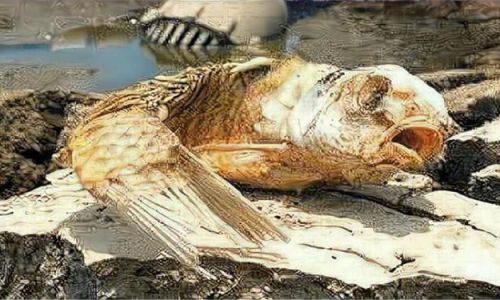
Drying Techniques
Once the fish is prepared, the drying process itself can be optimized to minimize fly infestation:
-
Choosing the Right Location: Select a dry, well-ventilated area for drying. Avoid shaded or enclosed spaces where flies are more likely to thrive. Ideally, find a spot that receives direct sunlight for most of the day, as sunlight acts as a natural deterrent to flies and aids in faster drying.
-
Elevated Drying Racks: Use elevated drying racks or hanging systems to keep the fish off the ground. This not only prevents direct contact with potential contaminants but also makes it harder for flies to land and lay eggs.
-
Netting and Screens: Cover the drying fish with fine-mesh netting or screens. These barriers allow air circulation while keeping flies out. Ensure the netting is securely fastened to prevent flies from finding entry points.
-
Fan Assistance: In areas with high humidity or fly populations, using fans can create an air current that discourages flies from settling on the fish. Position fans to blow gently across the drying racks, creating a constant disturbance that flies find uncomfortable.
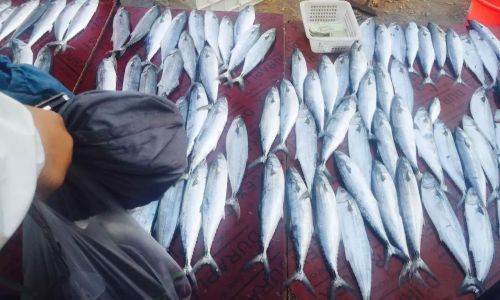
Natural Repellents
In addition to physical barriers and environmental adjustments, natural repellents can provide an extra layer of protection:
-
Essential Oils: Certain essential oils, such as lavender, eucalyptus, and peppermint, have natural insect-repelling properties. Soak a cloth or cotton balls in a blend of these oils and place them around the drying area. Reapply the oils periodically as their scent diminishes.
-
Herbal Infusions: Creating herbal infusions with fly-repelling plants like basil, rosemary, and thyme can also be effective. Boil the herbs in water, let the mixture cool, and then spray it lightly around the drying fish and on nearby surfaces.
-
Vinegar and Water Solution: A simple mixture of white vinegar and water in a spray bottle can be used to create an unpleasant environment for flies. The acetic acid in vinegar acts as a natural repellent. Spray the solution around the drying area regularly.
Monitoring and Maintenance
Lastly, consistent monitoring and maintenance are essential for a successful fly-free drying process:
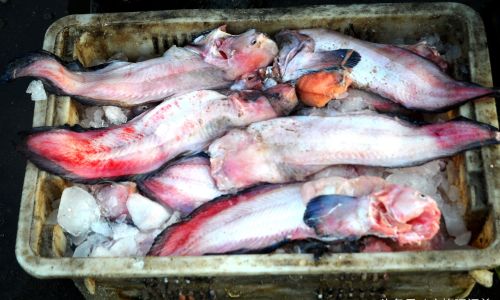
-
Regular Inspections: Check the fish regularly for signs of fly infestation or contamination. Remove any flies immediately and clean the area thoroughly if contamination is suspected.
-
Hygiene Practices: Maintain high hygiene standards in the drying area. Clean and disinfect surfaces, tools, and equipment regularly to prevent the build-up of attractants.
-
Prompt Harvesting: Once the fish is sufficiently dried, harvest it promptly to reduce the risk of further contamination. Store the dried fish in airtight containers in a cool, dry place.
In conclusion, drying fish without attracting flies is a multi-faceted challenge that requires careful preparation, strategic drying techniques, and the use of natural repellents. By following these guidelines, enthusiasts can enjoy the satisfaction of producing high-quality, fly-free fish jerky that preserves the essence of the catch and enhances its culinary appeal. With patience, attention to detail, and a commitment to hygiene, the art of fish drying can be mastered, ensuring a bounty of delicious, safe, and long-lasting treats for the table.



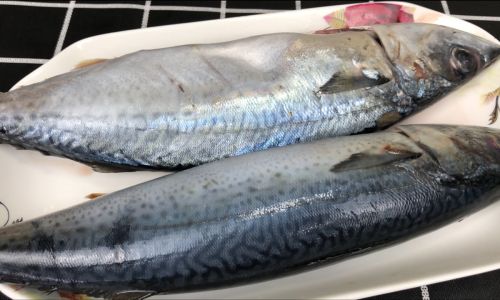
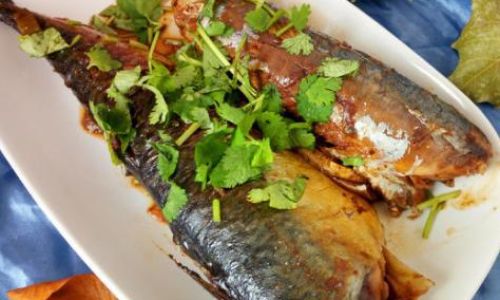
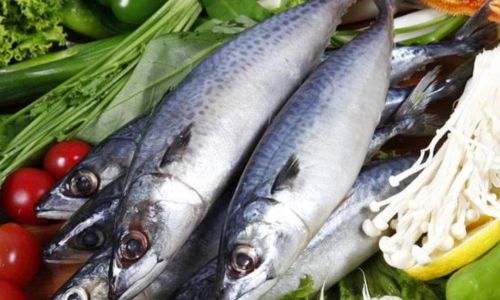
0 comments